Disability, Accessibility & The Psychology of Style - "Madam, in My Experience People in Wheelchairs Prefer not to be Noticed" & Other Misconceptions.
Last year at NAIDEX, the disability equipment show in Birmingham, Fiona, Founder of Blue Badge Style, spoke about the importance of style when understanding the needs of someone with a disability. It never ceases to amaze that medical professionals don't see this as a critical factor in a person's well being! This is very much the manifesto and raison d'etre of Blue Badge Style - 'style and disability are not mutually exclusive'. Faced with no control over your body this is the one area you can influence and is of utmost importance, whatever the disability, whatever the style! The video of an extract from the NAIDEX speech can be seen here. However, there is more to say so read on......
Why Personal Style is Important to People With/Without Disabilities.
How do you feel when someone admires your car, loves your shoes, thinks your home is beautiful? Happy, proud, self confident??
Compliments “tell a person they are worthy of notice”, additionally style is an " expression of your character and spirit, a conviction that you are worth knowing, worth looking at" (Psychology Today).
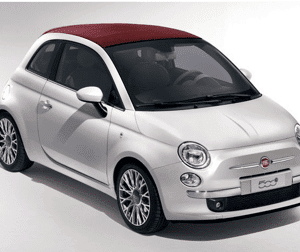
- The Car is Not Just a Mode of Transport Otherwise We'd All Drive The Same Model at Lowest Price

- Women's Shoes Are an Expression of Style & Not Just Fashion
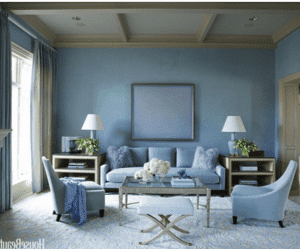
- A Person's Home is The Ultimate in Self Expression
True style is a very personal thing, not a magazine-look, or a designer label, or a fashion item, nor does it have to cost money. Style, self esteem, mental and physical health are all widely accepted as being linked. (However, too much self esteem can be bad….see the example of Donald Trump) Using the examples above the pictures below are the reality of living with a disability. How does this make you feel when your car is a Model T Ford, your shoes are made of cheap plastic and velcro, your front garden is turned into a skate park and your home becomes a '70's hospital?? Not good - your self image has taken huge 'hit' from your disability and now your style is affected too!
Using the examples above the pictures below are the reality of living with a disability. How does this make you feel when your car is a Model T Ford, your shoes are made of cheap plastic and velcro, your front garden is turned into a skate park and your home becomes a '70's hospital?? Not good - your self image has taken huge 'hit' from your disability and now your style is affected too!
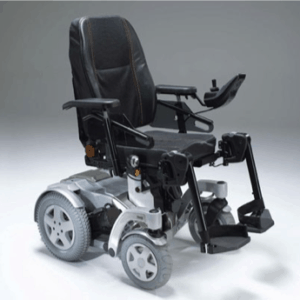
- You're Suddenly Disabled & Your Mercedes is Replaced With a 'Model T Ford' From The Last Century
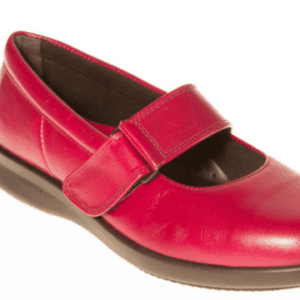
- Your Favourite Designer Shoes Are Replaced With Rubber Soles & Velcro

- Your Beautiful Garden Becomes a Ramped Skate Park
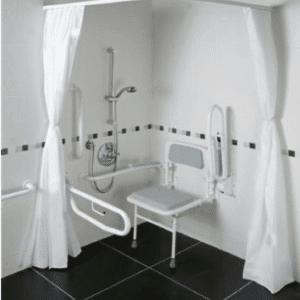
- The Sanctuary of Your Bathroom is Replaced With '70's Style Hospital Equipment
Perceptions of Disability
There are not just the self esteem issues that come with disability but the perceptions of those around you. Being disabled does not make you a Paralympian neither does it mean you want the equipment on offer or want to stay at home hidden away. Research carried out in the Blue Badge Style community found that:
- Disability Equipment is perceived as 'old fashioned' & 'not fit for purpose'.
- Cupboards are full of redundant ‘stuff’ & equipment that doesn't do the job.
- Discrepancy in prices means that disability consumers feel ‘ripped off’.
- Shopping is a military operation and there is no ‘buzz’ in going out to buy something new.
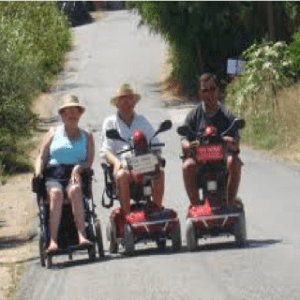
- People's Perceptions of Scooters Are 'Old Age' Mobility Aids......
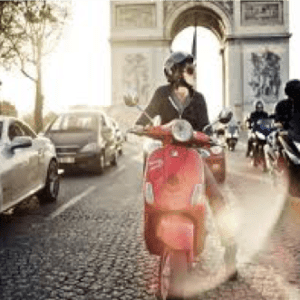
- Rather Than Vespas in Rome!
Our research also found that 75% would pay a premium for stylish, well designed mobility/disability equipment. Current equipment is often over specified and there is no 'consideration of style' in the decision process of occupational therapists. Consequently, cool designers can’t get their products made as they're not recognised as suitable equipment.
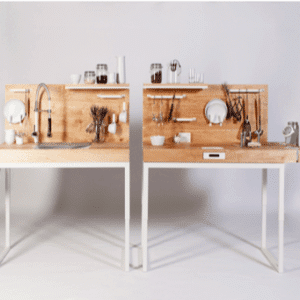
- Cool Designs are not Produced as Not on the OT Specified List! E.G. The 'Chop' Bench is a Great Design, Kitchen Worktop That Holds Food Securely for Unsteady Hands.
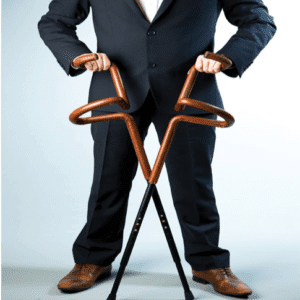
- The Flamingo Stick, Looks Good, Does the Job But Not on the List!
Further perceptions of disability are highlighted by the comments our readers have reported:
- A manager at a mobility shop "madam, in my experience people in wheelchairs prefer not to be noticed” March 2017.
- "I want the most expensive crutches you can find”, reader comment 2017.
- "When I was a kid I had a cool wheelchair now it’s boring black”, Trailblazer comment 2015.
- "Disability equipment looks like it belongs in the Marquis de Sade’s basement”, Designer Robin Lieven.
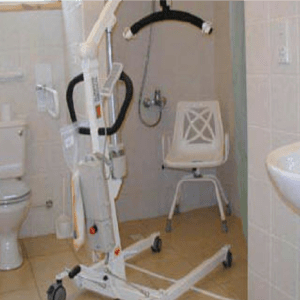
- Disability Equipment From 'The Marquis de Sade's Basement'.
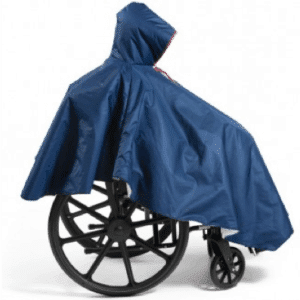
- 'People in Wheelchairs Don't Want to be Noticed', Of Course Not Looking Like This!!
Style, Accessibility & the Built Environment - the Economic Imperative of Inclusion
Style is not just about how you look it's also about where you go and what you do and access to the built environment still creates problems for people with disabilities. A common misconception is that large businesses and restaurant chains are all accessible - not so! Neither do we all want to go to Mcdonald's for a birthday treat as we know they'll have a disabled toilet.
Research by the Business Disability Forum (BDF) & Extra Costs Commission found that 75% of people with disabilities (their friends & families) will not purchase from inaccessible/unwelcoming businesses and will 'walk away'. According to Government figures this is a sector worth £249Bn in the UK (DWP 2014), in Europe the figure is $5Tr, the USA $2.4r and globally there are 1BN people with disabilities, worth $9Tr (Economist 2012 & US Dept. Labor, Global Economics of Disability 2012). This is a huge market and the economic imperative to attract people with disabilities is self evident.
Style & Accessibility in the 'built environment' starts at home, where the physical environment should be aesthetically pleasing as well as useful, after all most disabled people spend a lot of time there. After many years of grey or white plastic fittings there are at last some stylish alternatives and these can be seen in our article on the Modern Accessible Home. Furthermore, when people with disabilities have overcome the 'military planning' required to use public transport and venture outside, their destination should be accessible and without embarrassing obstacles such as an unforeseen step, an absent disabled toilet or one that has no space for a wheelchair!
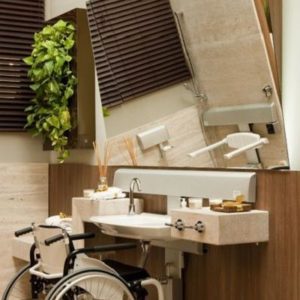
- Is It Too Much to Ask That OT's Specify Adapted Rooms With Style
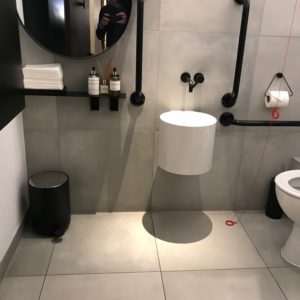
- Disabled Loo at Mere Restaurant Has Stylish Matt Black & Grey Decor - A Good Disabled Loo
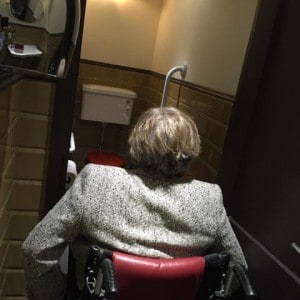
- Cafe Murano Covent Garden - Good Looking Disabled Loo But Inaccessible as Door is Too Narrow
Problems in the Built Environment for People with Disabilities.
1st. The ignorance of owners/landlords who either don't have the imagination or the funds to update or install accessible features such as disabled toilets. The Equality Act 2010 says people with disabilities should have equal access to goods and services. However, there is a 'reasonable clause' in the EHRC documentation which refers to ability to pay for adjustments to buildings and to a large extent this is flouted or misinterpreted. An example is a Michelin Starred restaurant that has had planning permission for a disabled toilet for 10 years but has installed a conservatory instead, using the 'reasonable' clause and the 'it's an old building' excuse, to flout the law. These are not 'reasonable'!
Similarly, a 'Listed Building' excuse is used but Historic England (who award 'Listings) say that 'heritage' belongs equally to people with disabilities and imaginative accessibility solutions should be sought.
2nd. Architects/Planners, Designers and Builders all speak different languages so the best intentions can lead to miscommunication and a beautiful disabled toilet is rendered useless when the door width is too narrow (see above). Planners, Architects and Designers need constant training in the reality rather than the theory of good access and should always consult with disabled people/organisations. Many of the disabling aspects of our lives are created by lazy, ignorant and ill-thought-through design and when imposed they are difficult to resolve.
Inclusive Design is Good Business
Businesses should note that people with disabilities are extremely loyal customers to those buildings and organisations that make them welcome. A report by Neilsen (2016), in the USA, found that people with disabilities 'display traits of a loyal customer. Despite lower income, consumers with disabilities spend more per trip and shop more often'. A report from Lloyds Banking Group & The ODI (2012) also found that 'once disabled people have found a business that suits their needs, they will become loyal customers returning time after time'.
Christos Passas design Director at Zaha Hadid Architects and judge at the Blue Badge Style Awards said,
"Accessibility is an important aspect of the built environment and needs to be integrated fully in the design process, let's embrace it'. You can see his full video here.
In 1949, decades ahead of any disability legislation, distinguished American architect Frank Lloyd Wright, was able to design an accessible home for a disabled WWII veteran, where 'The Client's needs are wrapped in beauty'. So it's not unreasonable to expect designers & architects in the 21st century to create fully accessible and stylish environments no matter how old the buildings.

- Frank Lloyd Wright & His Accessible Home c.1949
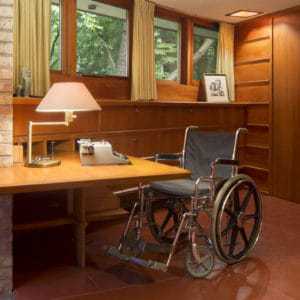
- Before Any Legislation an Accessible Home Where 'The Client's Needs are Wrapped in Beauty'
Our supporters Conran and Partners say,
"There is no such thing as a good design that doesn’t take into account access for all”
This is the premise of the Blue Badge Style Awards . Held annually, they reward 'exceptional venues that have both style and accessibility', as we believe 'carrots' work better than 'sticks'. The most coveted Award category is Best Accessible Loo' and every organisation wants to know what they must do to win that award. This shows that people want to do the right thing regardless of economic benefit - landlords/owners take note!
Things Can only Get Better ...........
Finally, it's not all doom and gloom disability equipment is improving and not just by adding 'bling' or vivid colours to old equipment. As designers and the population at large are aging better designs are being developed. This was highlighted at the recent New Old Exhibition at The Design Centre, where there were folding wheelchair wheels, a robot dog that detected if you were incapacitated and a walker/trolley that was based on a self propelled scooter, amongst other things.
The shopping experience is also changing where both designed2enable and our own ADDITI+ON SHOP are aiming to create a more enjoyable, inclusive and modern experience, at least when you buy online. We will also be opening a 'pop-up' shop in London soon.
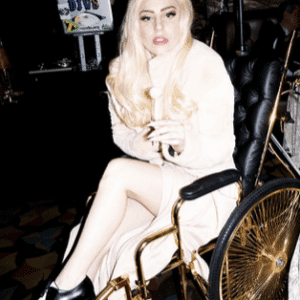
- Lady GaGa Attracted Press Attention With Her Golden Wheelchair
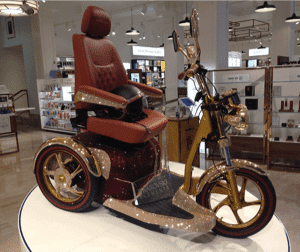
- Just Adding Swarovski Bling to This Scooter Makes it Noticeable With a Certain Style?!
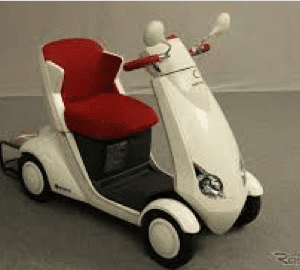
- Honda's Concept Scooter is a Little Less Granny like.
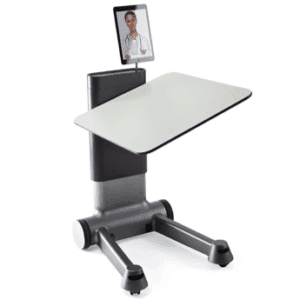
- Designer Sebastian Conran is Creating a Robot Trolley With The Help of Sheffield University

- The Armani of Crutches From IndesMed. Ergonomically Designed & Look Smart
With the growth of interest in Paralympic Sports the development of wheelchairs has improved and this has filtered down to the mainstream where manufacturers are now realising that there's money in creating equipment with style .......
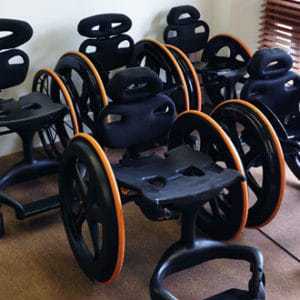
- Multiplied Carbon Black Wheelchairs But Each is Created to Individual Requirements
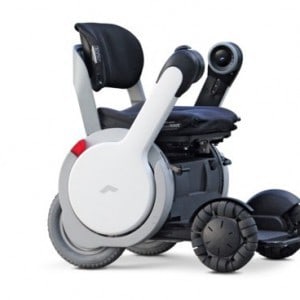
- WHILL - Personal Electric Vehicle Developed From the Car Industry
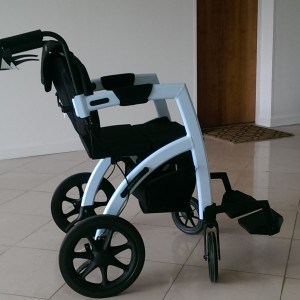
- The Rollz Motion is a Rollator That Converts to a Wheelchair
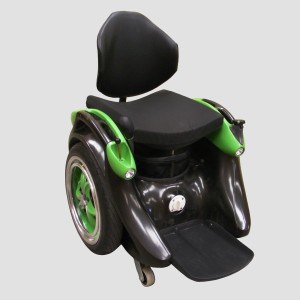
- Segway Based Wheelchairs Are Now Becoming the Wheelchair Replacement
Fashion is however, lagging behind......clothing that fits all sizes, shapes and looks good in any position, is difficult to find. So coming full circle with the lack of stylish shoes for swollen or odd-sized feet - we give the last word to Oliver Lam-Watson, video journalist and GB Fencing Adaptive Athlete, and his view on shoes..................
© 2025 Created by Gordon White.
Powered by
![]()

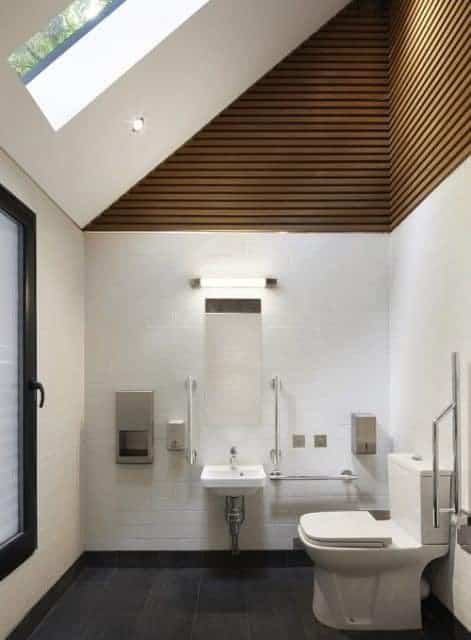
You need to be a member of bespoken to add comments!
Join bespoken